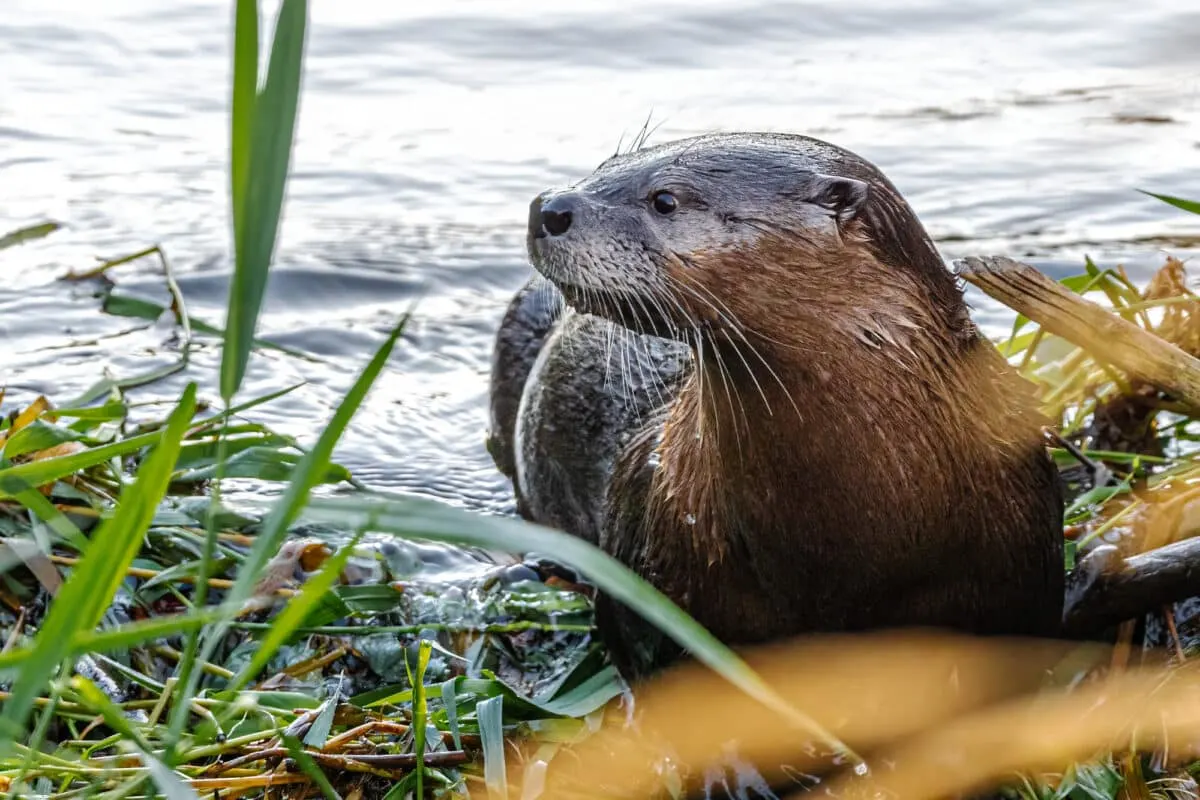Are you a researcher looking for more information on two North American mammals – the American black bear and the river otter? Have you ever wondered about their behavior, habitats, and critical differences?
If that’s the case, you’re in the right spot! Let’s delve into a closer examination of both of these fascinating creatures. We’ll cover topics such as their physical characteristics, range in distribution across North America, habitat preferences, behaviors, and any threats they face.
So strap in and get ready to explore the fascinating lives of the American black bear and North American river otter!
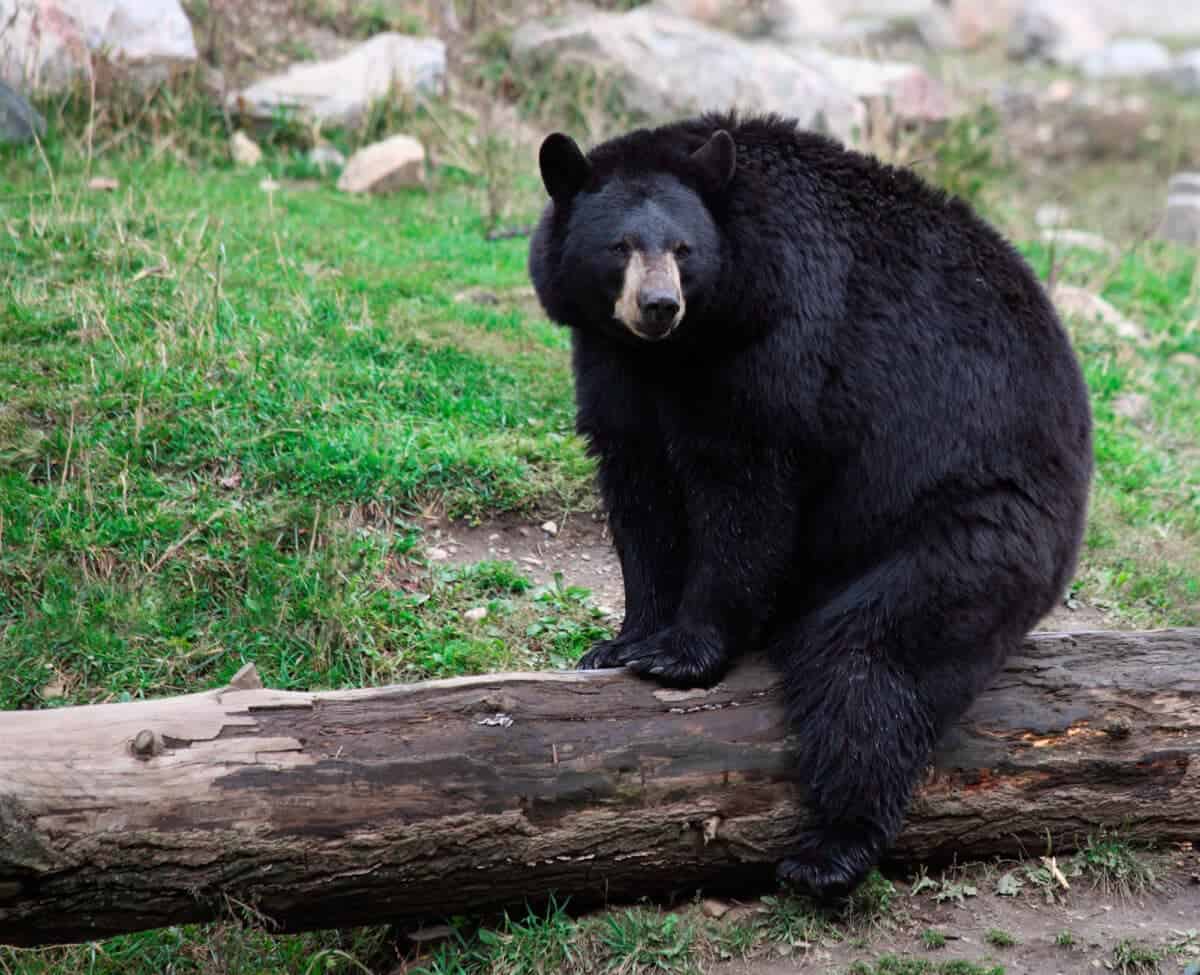
Key Points
| The American Black Bear and North American River Otter are two of North America’s most fascinating mammals. |
| The American Black Bear has an omnivorous diet, which includes plants, fruits, nuts, insects, and small animals. They are known for their ability to climb trees and forage for food in high places. |
| The North American River Otter is a carnivorous animal that feeds on fish, crustaceans, and mollusks. They are excellent hunters and stalk their prey in the water, using their webbed feet to swim quickly and efficiently |
| Due to their different social behaviors, interactions between American black bears and North American river otters are rare. American black bears are primarily terrestrial animals, while North American river otters are aquatic. |
| To protect these animals in the wild, conservation organizations have been working tirelessly to investigate the behaviors and vulnerabilities of both species to understand their unique qualities better and to develop appropriate measures for preserving and supporting their natural habitats. |
Want to jump ahead? Click below
Comparison Table
| Characteristics | American Black Bear | North American River Otter |
|---|---|---|
| Size | Adult males: 150-600 lbs | 11-30 lbs |
| Females: 90-300 lbs | ||
| Coat | Black, brown, cinnamon, blonde | Brown or black with a lighter belly |
| Face | Prominent snout, small round ears | Pointed snout, small round ears |
| Paws | Five toes with non-retractable claws, ideal for climbing | Webbed feet, long muscular tail for swimming |
Introducing the American Black Bear and North American River Otter
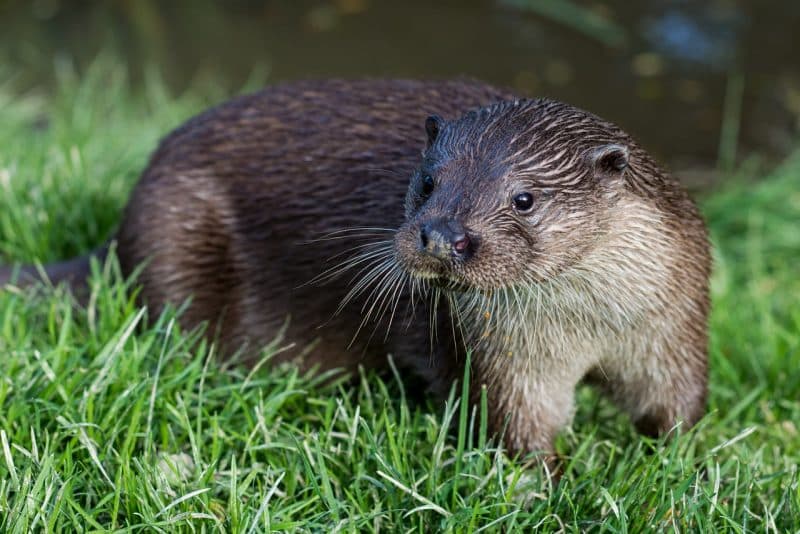
The American Black Bear and North American River Otter are two of North America’s most fascinating mammals. The American Black Bear, with its thick black fur, is found in various habitats, from woods and forests to mountains and coastlines. It is the smallest bear species in North America, known for its incredible agility and remarkable sense of smell.
On the other hand, the North American River Otter is a sleek and playful mammal found in freshwater and coastal areas across North America. It is known for its remarkable swimming abilities and can remain submerged for up to eight minutes.
Discovering the Resilience and Conservation Efforts of American Black Bears and North American River Otters
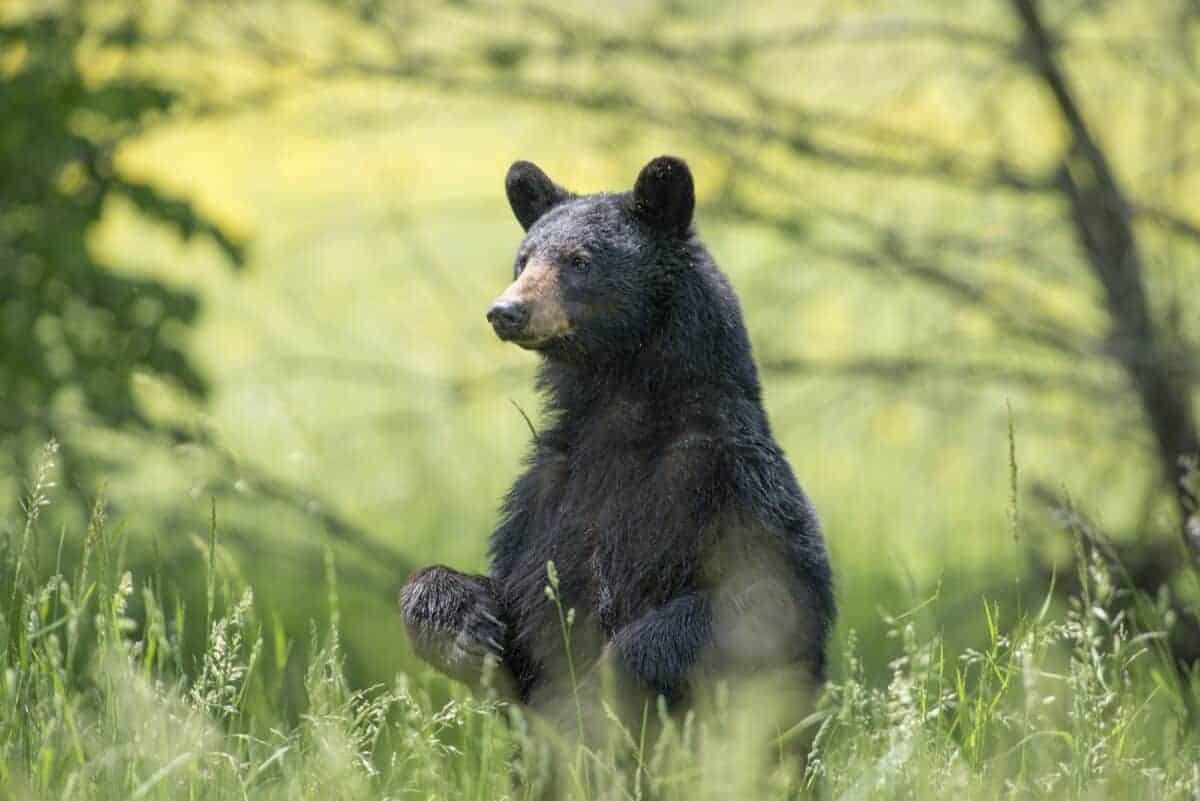
These mammals are voracious eaters and feed on various foods, including fish, fruits, berries, insects, and small mammals. The American Black bear is known for hibernating during winter, while the River Otter spends most of its time in the water.
However, conservation measures have been taken, and populations are slowly increasing. It is fascinating to see how these majestic animals adapt to their changing environments and thrive in the wild despite their challenges.
Appearance

The American black bear and North American river otter may have a few similarities regarding physical appearance. Still, several key differences can help you identify each species. Here are some physical characteristics to look out for:
Habitats And Distribution
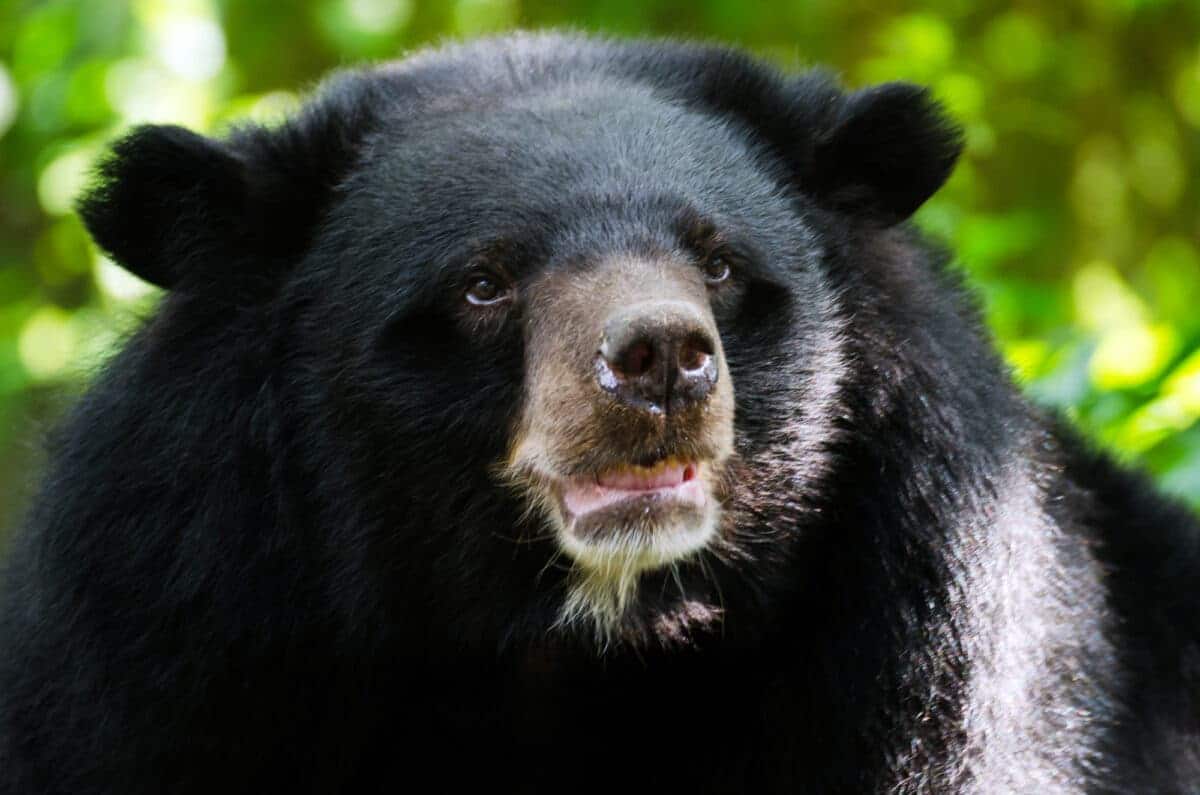
- American Black Bear
The American black bear is a mammal that is found in North America. Specifically, it can be found in Canada and the United States. They are primarily found in woodland areas with much cover, such as dense forests. They can also be found in areas with much vegetation, such as swamps.
American black bears have a varied diet and eat anything from small animals to berries. They are considered omnivores and can eat both plants and animals. They are also known for their ability to adapt to a wide range of habitats, from the arctic tundras, forests to wetlands and even desert areas.
- North American River Otter
The North American River Otter, or simply river otter, is also found in North America – from Canada to the United States. They can be found in various aquatic environments, including rivers, lakes, and wetlands. They prefer areas with a lot of fresh water to support their prey.
River Otters consume fish, amphibians, crustaceans, and other aquatic species of animals. They can hunt and swim efficiently, making them highly adaptable in the wilderness.
Diet & Hunting Habits – What Do They Eat & How Do They Find Food?
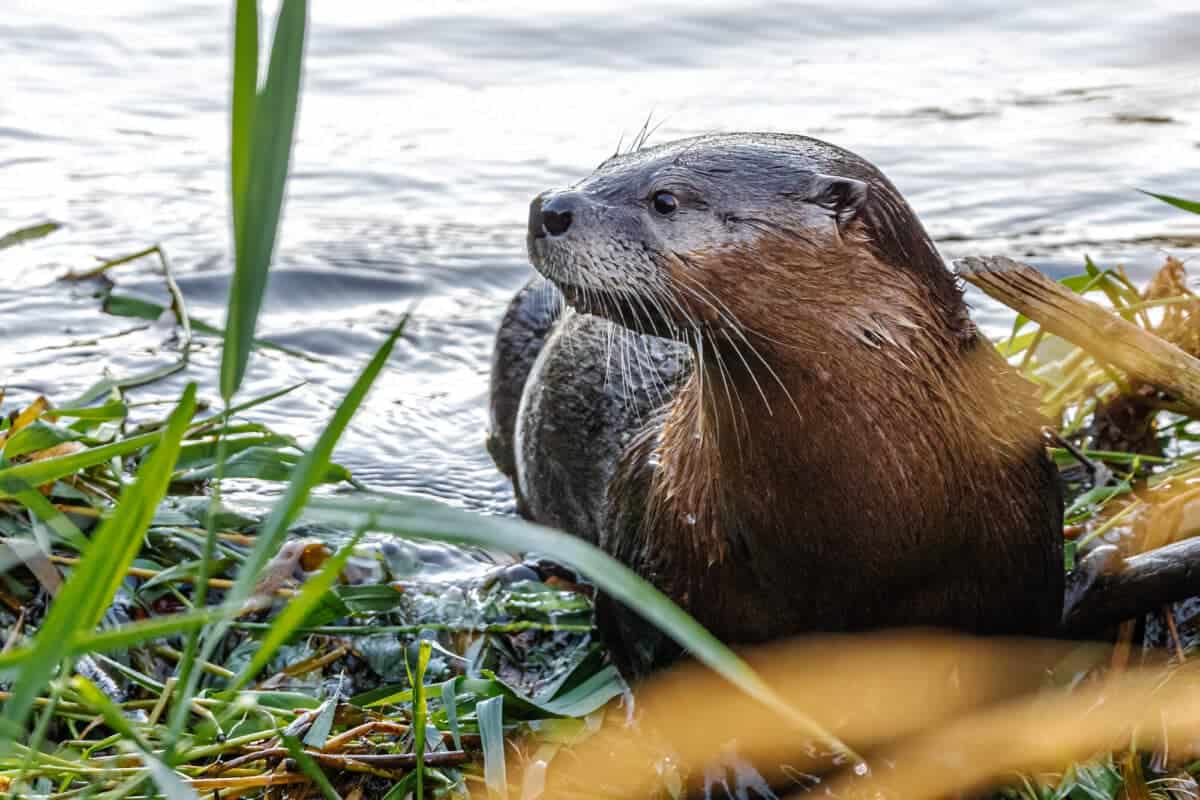
The American Black Bear and North American River Otter are fascinating animals with unique hunting habits and diets.
- American Black Bear Diet & Hunting Habits
The American Black Bear has an omnivorous diet, which includes plants, fruits, nuts, insects, and small animals. They are known for their ability to climb trees and forage for food in high places.
Their dietary preferences can change according to the season and what is available in their environment. During the autumn, American Black Bears consume a significant amount of acorns, providing them with a vital energy source to prepare for hibernation.
- North American River Otter Diet & Hunting Habits
The North American River Otter is a carnivorous animal that feeds on fish, crustaceans, and mollusks. They are excellent hunters and stalk their prey in the water, using their webbed feet to swim quickly and efficiently. River Otters are playful and are known for chasing their prey in the water, which is an interesting hunting technique.
Social Behaviors – How Do They Interact With Each Other and Other Species?
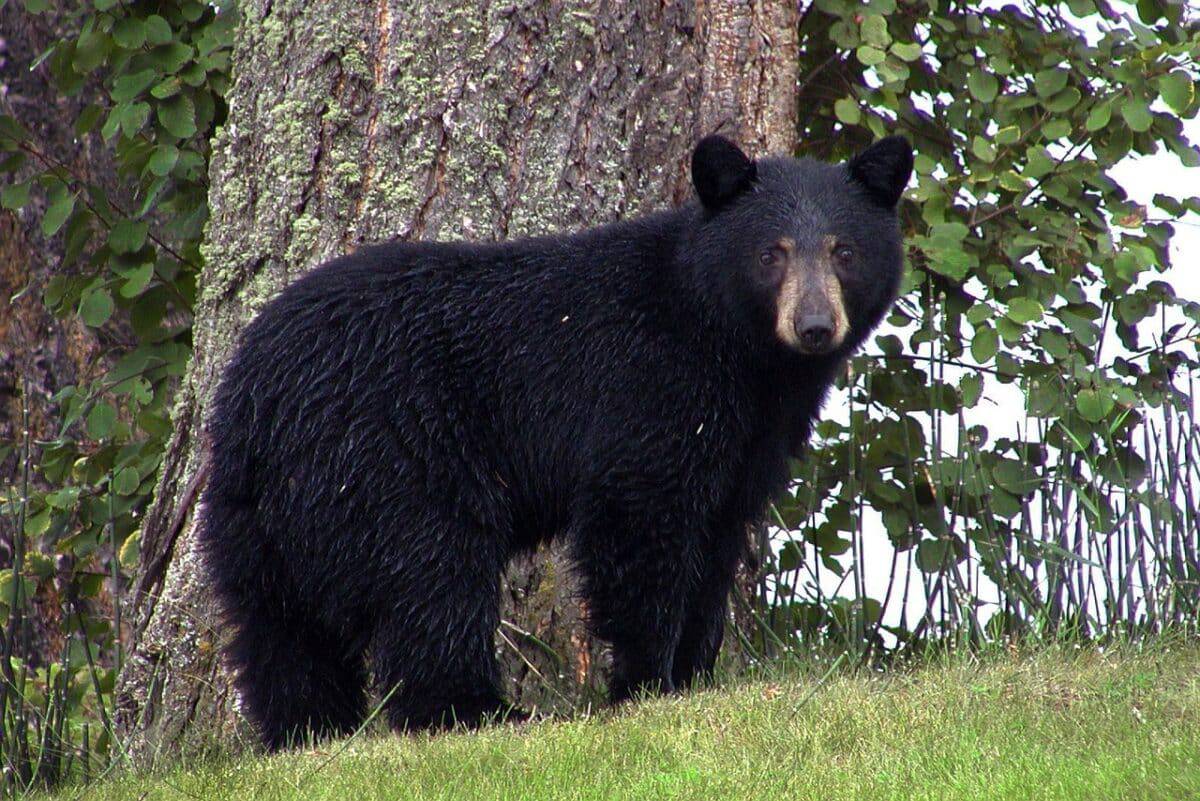
Social behaviors are a fundamental aspect of life across various species, including the American black bear and North American river otter. Social behaviors refer to how individuals of a species interact with and with individuals of other species.
Understanding that such behaviors are unique to each species and play a crucial role in survival and reproduction is essential.
- Social Behaviors of American Black Bears
American Black Bears, for instance, are solitary animals by nature but exhibit significant social behaviors during breeding and feeding. During breeding, males often compete for access to females, exhibiting aggressive displays ranging from intimidating postures to physical confrontations.
On the other hand, feeding is a more tolerant and cooperative behavior, where bears exhibit less aggression and often share food sources amicably.
- Social Behaviors of North American River Otters
On the other hand, the North American River Otters are a highly social species that live in groups, known as rafts. Otters within the group interact with each other intimately, engaging in playful activities such as grooming, chasing, and even wrestling. They are also a cooperative species, with individuals hunting communally to catch prey such as fish.
Interactions between American Black Bears and North American River Otters
Due to their different social behaviors, interactions between American black bears and North American river otters are rare. American black bears are primarily terrestrial animals, while North American river otters are aquatic.
Only in rare instances, such as when rivers flood their banks, have the two species been observed sharing the same habitat and avoiding each other. Nonetheless, the social behaviors of both species play a crucial role in their survival in their respective environments.
Preservation Efforts – What’s Being Done to Protect These Animals in the Wild?
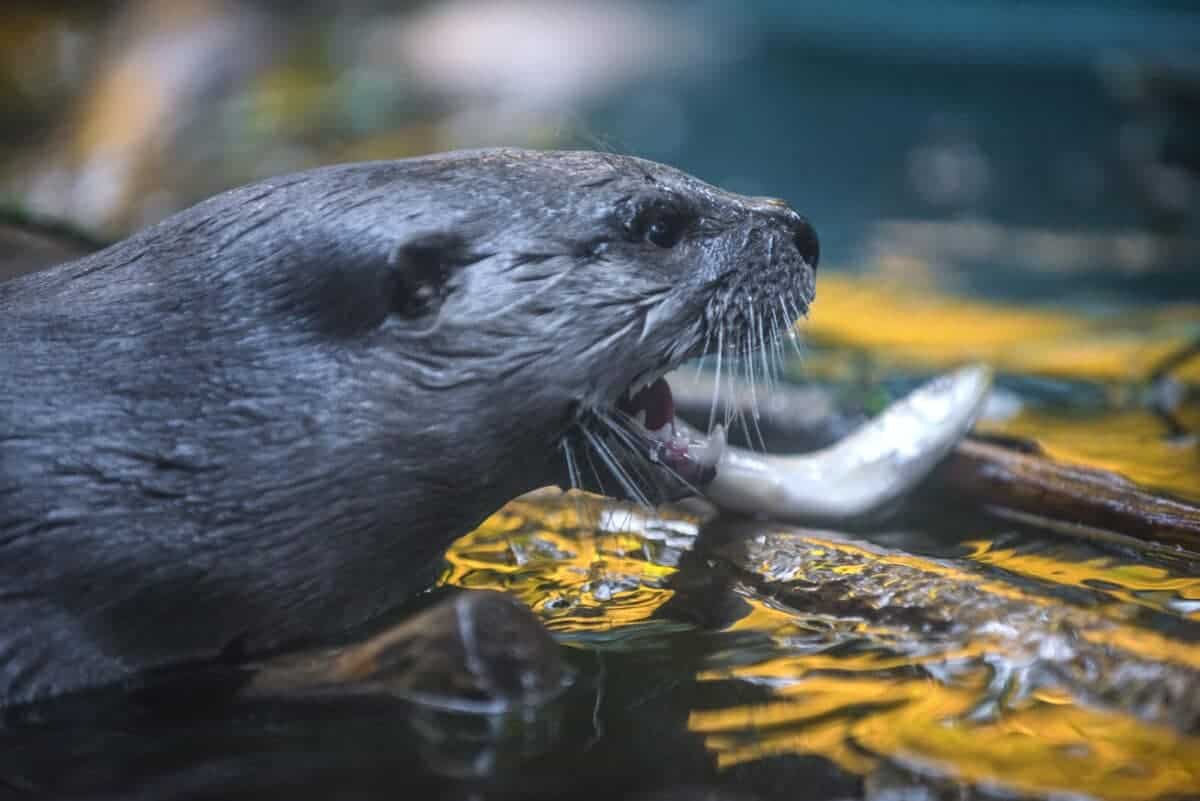
To protect these animals in the wild, conservation organizations have been working tirelessly to investigate the behaviors and vulnerabilities of both species to understand their unique qualities better and to develop appropriate measures for preserving and supporting their natural habitats.
Conservationists conduct vital research on human impacts, studying deforestation and urban expansion’s effects on animal behavior. They raise awareness, educate the public, and encourage active participation to protect wildlife. Through protected areas, regulated hunting, population control, and habitat restoration, they strive to ensure the survival of these remarkable animals for future generations.
FAQs
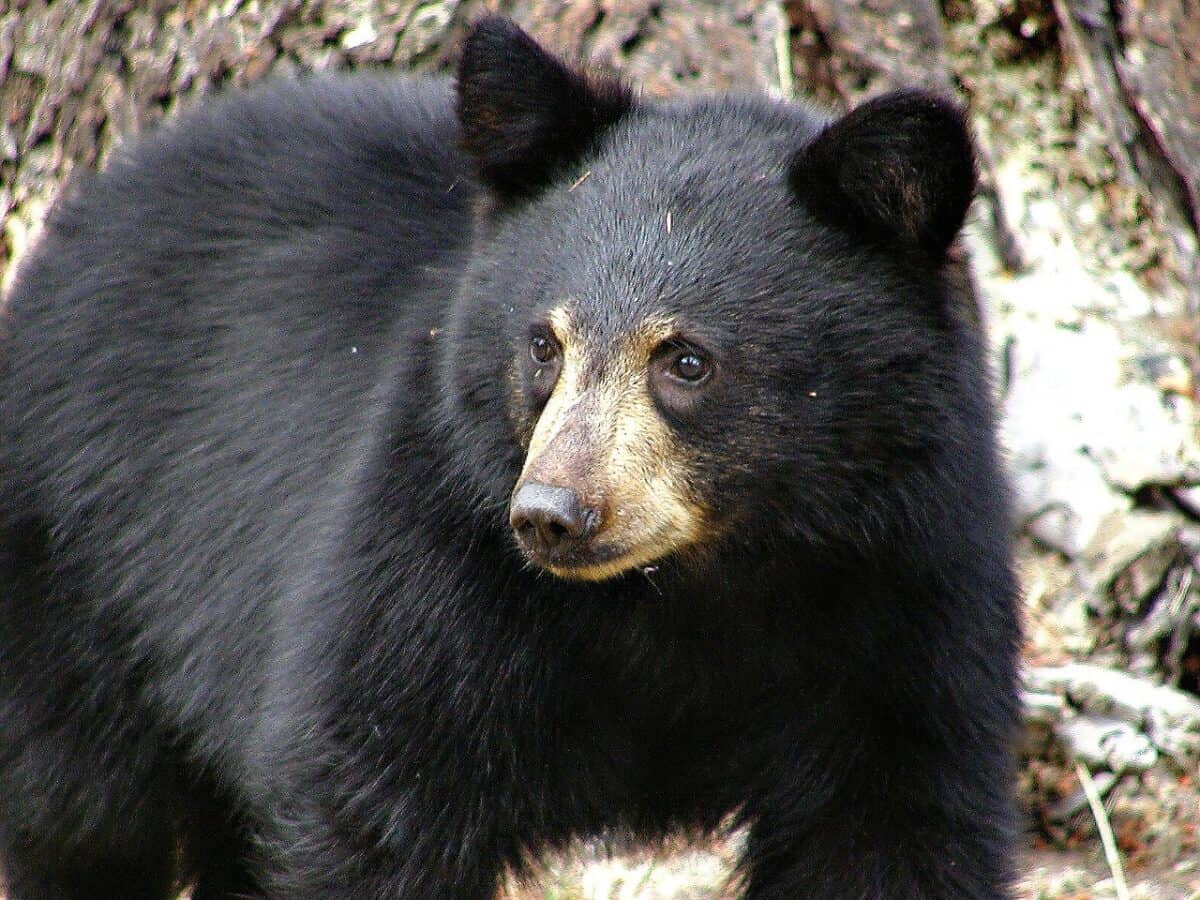
Where can American black bears and North American river otters be found?
American black bears have a wide distribution across North America, including forests, swamps, and mountains. North American river otters are typically found near freshwater sources such as rivers, lakes, and marshes.
What do American black bears and North American river otters eat?
American black bears have an omnivorous diet, consuming various plants, fruits, nuts, insects, and occasionally small mammals. North American river otters feed on fish and eat amphibians, crustaceans, and small mammals.
Are American black bears and North American river otters endangered?
American black bears are listed as least concerned in terms of conservation status, with stable populations across their range. North American river otters are also considered of least concern, although their populations can be locally threatened by habitat loss and pollution.
Wrapping Up with American Black Bear Vs. North American River Otter
The American Black Bear and North American River Otter are formidable animals that deserve respect and admiration. As human-caused environmental issues increasingly threaten habitats, preserving these two species is facing an unprecedented battle.
We must consider our actions carefully and ensure that humans put in place plans to protect and conserve these creatures’ homes for future generations. We can begin by supporting organizations dedicated to conserving wildlife and becoming informed on how our daily lives may impact wildlife preservation.
Next up:
- American Black Bear vs. Puma
- Bear Captured After Wandering Into Tampa International Airport
- American Black Bear Vs. Northern Copperhead
Join our Forum for free today!

- Kind Elephant Merciful To Lion Cubs - July 22, 2024
- Beachgoers Save Massive Shark Stranded In Florida - July 22, 2024
- Pit Bull Rescued From Being Chained Its Whole Life Gets A Surprise - July 21, 2024

